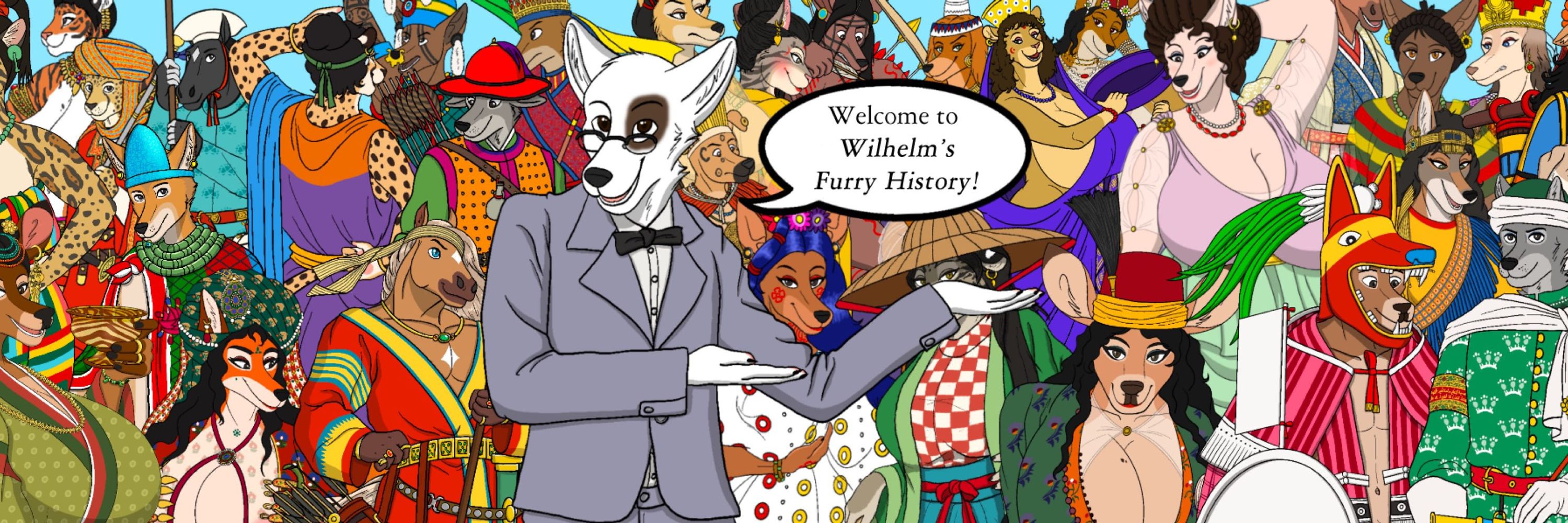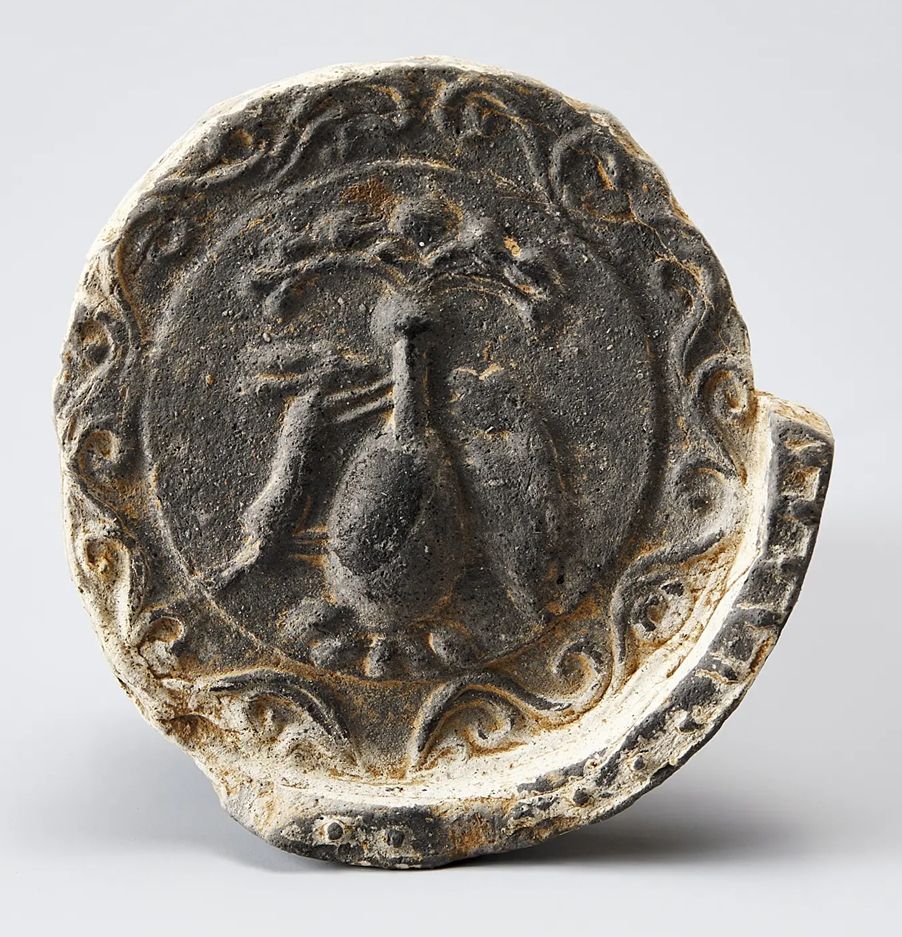Wilhelm
@wilhelmhistory.bsky.social
710 followers
59 following
400 posts
Historical Furry Art. Sometimes NSFW.
https://www.furaffinity.net/user/ohs688
https://www.patreon.com/WilhelmHistory
Posts
Media
Videos
Starter Packs
Reposted by Wilhelm
Reposted by Wilhelm
Reposted by Wilhelm
Reposted by Wilhelm
Reposted by Wilhelm
Reposted by Wilhelm
Reposted by Wilhelm
Reposted by Wilhelm
Reposted by Wilhelm
Reposted by Wilhelm
Reposted by Wilhelm
Reposted by Wilhelm
Reposted by Wilhelm
Reposted by Wilhelm
Reposted by Wilhelm
Reposted by Wilhelm
Reposted by Wilhelm
























